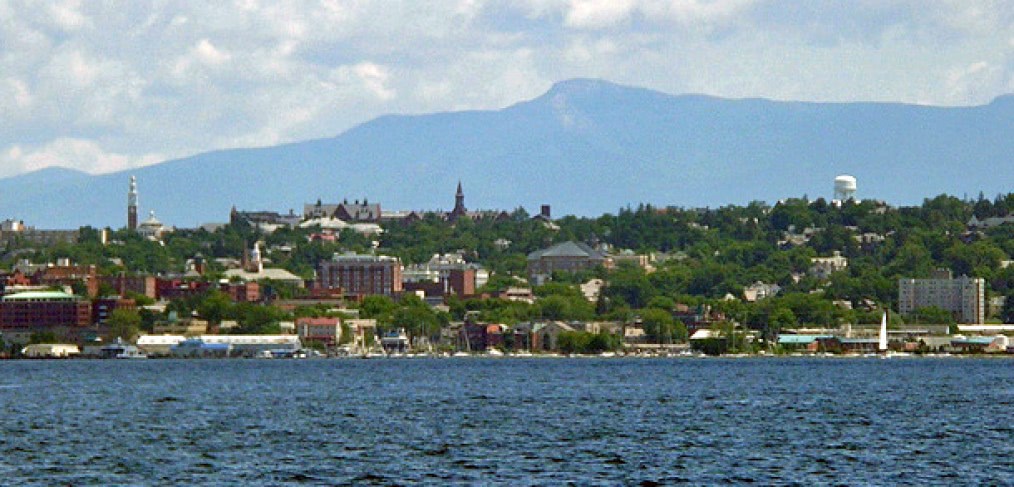
Just Make It Better: Pursuit of Happiness
The Leonard Kagan Design Fellowship honors the legacy of RTKL’s Leonard Kagan and the huge contributions he made to the firm in the area of design. The Kagan Fellowship was conceived to celebrate the spirit of exploration as an integral part the creative process. This year’s Kagan focuses on measurable improvement—the audacious idea that anything can be taken to the next level…if only we know how. Over the next four days, we’ll introduce you to this year’s recipients and how they plan to just make it better.
Can happiness be measured? Architects and urban designers attempt to improve people’s lives through the built environment. Nora’s Kagan will study the inverse relationship between happiness and architecture by first distinguishing so-called happy areas then extracting metrics to generate a set of guidelines.
Happiness, this most elusive and vague notion, is arguably the ultimate goal of all of our actions. Various indices exist evaluating the happiest areas in the world. But how is such a term actually measured? As architects and urban planners, we can attempt to influence people’s lives for the better through the built environment. I wish to study this relationship between happiness and architecture, by first distinguishing so-called happy cities, and then searching for architectural patterns, if any. I have decided to concentrate on the US in order to narrow down the study. I have scoured the internet for relevant surveys that will tell me which cities to travel to and assess and decided to trust the Gallup Healthways Well-Being Index, which incorporates variables such as life evaluation and emotional health. From this list, I have identified America’s two top cities; Lincoln, Nebraska and Boulder, Colorado. Another interesting town to examine is Burlington, Vermont, the country’s happiest small city. With a population of only 42,000, this town would give me a real chance to evaluate the architecture in its entirety. I will additionally travel to Riverside, California, which is placed on the bottom of Gallup’s list. Studying an ‘unhappy’ city will perhaps provide me with some insight into possible contrasts in lifestyle and the urban realm.
I have read up on the chosen cities, and found obvious socio-economic links to wellbeing, as well as possible links to the natural environment. However, I have not quite decided which architectural metrics I will use to look for a correlation, so this will be my next step. I will consider not only residential spaces, but also workplaces and some urban planning factors. As I am working alone, my aim is not to conduct a large-scale general survey of happiness and architecture, but rather to extract the experiences of individuals and to build an understanding of typical building modes in their respective cities.
Before travelling to the US this summer, I will test my interviewing skills on the employees of RTKL’s London office. I will prepare a set of questions relating to personal well-being and the spaces we spend time in. I hope I will meet some strangers in the US that are willing to talk to me about their lives and their joy, or lack thereof. My aim is to present my findings through a film, images, diagrams and finally a book of ‘Happiness-Rules’ or design guidelines that I will establish based on my results. I hope this study will benefit RTKL in our continuous pursuit of improving the performance of our buildings, making the occupants happier.
Cover image via Flickr (Dicky Hayward)


I was in Burlington VT last week for the first time and having grown up in Colorado, was suprised at how much it felt like being in Boulder. There is an uncanny amount of simmiliartiies, from an impressive natural feature framing the western view down every east west street, the urban scale and density, pedestrian only streets, a town dominatiting state university, and a lot ot outdoorsy folks, and hippies! Really interested in how you will go about quantifying the elements that contibute to the sense of well being in these places and good luck with your travels and research